Updated April, 2023
Composting toilets are a great bathroom solution when you live off-grid, have a minimalist lifestyle, or just want to be a good patron of the earth. Composting toilets do not need electricity or plumbing and are an easy DIY project or install a purchased system.
Best of all they can easily fit inside a small cabin or tiny home.
Composting toilets have become increasingly popular and are often used in parks and roadside rest stops. In addition, the University of Vermont, the Bronx Zoo, and The Crystal Springs Golf Course, near Burlingame, California are some of the more notable places that have eco-friendly bathrooms.
Composting toilets have actually been around for almost one hundred years. One of the largest commercial companies Clivus Multrum was founded in 1939. These toilets were developed to encourage aerobic conditions that allow for waste to compost versus just sitting there.
This article will introduce you to how composting toilets work, how to build one, and the best composting methods.
Check out my book on Using A Composting Toilet for more in-depth information. Available on Kindle Unlimited and for purchase.
So What Is A Composting Toilet?
Composting toilets are a dry toilet that does not use any water. A carbon material such as shavings, peat or chopped straw is added to the humanure (human waste). Human waste is composted, much like we compost livestock manure.
Composting breaks down the manure, kills pathogens, and recycles nutrients.
Advantages
Conserves water and is environmentally friendly
Saves on a water bill or reduces the use of collected water
You may qualify for a reduction in the size of your leach lines or septic system or possibly even elimination of the need for a septic system depending on your state
Produces nutrient-rich compost for your flower garden or other areas
Disadvantages
Upfront cost of purchasing a store model or building materials
Handling humanure, especially if you are fearful
Does need regular care and maintenance
Potential problems with insects, odor, or not composting correctly
You may have archaic building codes in your area to deal with
Legalities
Let’s get this out of the way first. Composting toilets are legal in every state. The federal government and many states actually promote composting toilets because they reduce stress on water and sewer systems.
I get told on a regular basis that my composting system is illegal by people that do not know or understand how they work. If you are putting in a composting toilet be prepared to tell your family and friends how they work and how to use it properly. Many people put cute signs in their bathrooms to let people know how to use the toilet.
When I first put in my composting system in 2007 my local health department didn’t know the laws. In fact, they told me it was illegal, even though the Kentucky Department of Water advocated composting toilets to save water. So I had to go to the capital, Frankfort, to ask for an exemption from the septic tank law.
I did not get an exemption (which is a long story with a lot of bad words) but I did get a reduction in the size of the tank and leach lines.
What is the Difference Between a Composting Toilet and an Outhouse?
A composting toilet is a self-contained unit. The waste and the carbon materials compost in a container before they are removed and placed on the ground.
An outhouse allows the waste to seep into the ground. Outhouses can negatively affect water quality if they are located to close to a water source.
I had an outhouse on my first farm in 1993. While it was OK, it did have several drawbacks. One was it was outside. So that meant if you had to pee and it was storming or very cold you had to either cross your legs or pee in a bucket. My composting toilet is so much more convenient.
Americans Typical Septic System
As a self-appointed supreme being humans typically want to eliminate and remove anything we don’t like or that gets in our way. This includes forests, predators, and poop.
Septic systems work to contain waste in a system that does not allow for proper decomposition. When they become full they overflow into underground leach lines where they experience some composting.
Sewer systems in our cities are created to remove waste in a series of pipes to a wastewater treatment facility. In some cities, sewage overflows or is emptied in water sources before treatment. Both systems waste water and have caused significant pollution and human health issues.
How They Work
There are various styles of composting toilets.
Typically the seat part is directly above the composting chamber. The composting takes place in this lower chamber. Your lower chamber should be large enough to match the size of the household.
Self-contained and central units are the two basic styles. Both can be purchased as a unit or homemade as a DIY project. There are a lot of different styles and models to choose from. In part, it is going to be what fits your home and your budget.
Self-Contained
Self-contained units are all in one unit that contains a place to sit and go and a place to store and compost. They require no plumbing and are the most economical and easy to use.
A homemade style uses a basic five-gallon bucket under a toilet seat. It can be as simple as a toilet lid on the bucket or a handmade cabinet of sorts where the bucket slides underneath.
Joe Jenkins made this concept a household word when he published his book Humanure. He will point out that his “lovable loo” should not be referred to as a composting toilet because it serves as a collection place. The composting takes place in an outside container that you have made to collect the waste and allow it to decompose.
His book was actually a spin-off of the research he was doing as a graduate student in Sustainable Systems and points to many scientific studies.
This video is an introduction to using the Loveable Loo by Joe Jenkins.
Central Unit
A central unit system has a dry toilet above and a chute or pipe that carries waste to the composting chamber. They require some building or a larger cash outlay. Are better suited to large families.
My System
I started out with a homemade self-contained unit. Nothing fancy - it did the job. But it was more maintenance with the need to carry the bucket out to the compost.
So when I put an addition on the cabin in 2013 I built a central sytle unit. This has been great because it handles the extra people with summer interns and people taking classes.
My cabin is built into a hillside so has a tall crawl space underneath the back porch where I have a cistern and a brick holding tank for humanure. In the bathroom I have a dry toilet with a chute. The toilet is a Sunmar model that I got discounted.
The composting process begins in the holding tank.
There is a trap door that allows access to remove compost to an outdoor composting bin where it spends a year finishing. There is also a built in ventilation pipe to evaporate extra moisture.
I use this compost on ornamentals and trees in the forest. That way I save my livestock compost for the gardens.
Saving Water
One of the advantages of composting toilets is that they save a tremendous amount of water. The typical flush toilet is extremely wasteful and harmful to the environment. I mean, why would anyone want to take perfectly clean water, shit in it, and then send it to a system where it has to be treated with chemicals. That’s just ridiculus.
According to the Environmental Protection Agency a family of four uses 400 gallons of water per day. About 150 gallons is just flushing the toilet. That is very hard on our biological water systems.
Water is precious. Dryer states in the southwest often have to ration water and many countries in the world still don’t have clean water for drinking.
In third or fourth grade we typically teach students about the water cycle. That like energy water is neither added or taken away. Teachers, such as myself, would teach water is not lost it is merely in a different part of the cycle.
The problem is today we do realize that water is lost and worse we have enabled pollutants to become part of our water cycle. Having a composting toilet allows you to play a small part in water conservation.
Keep Composting
You add your “green material” urine and feces when you go to the bathroom. Since urine is especially high in nitrogen you need to add carbon material. This step is important because it reduces odor and insects in the container. It also adds carbon material which is necessary for decomposition.
Your toilet paper is one source of carbon so you want to get a brand that does not have bleach or other chemicals added during manufactoring.
Carbons or brown materials can be wood shavings, chopped straw, leaf mulch, or peat moss. In my experience wood shaving works best. Add enough to cover the material and eliminate the odor.
If you have a self contained unit you will move your humanure to a larger composting area outside. Empty the bucket into the compost and add a generous amount of brown carbon material. Materials that work well at this stage are straw, leaves, pine needles or hay. You can also add some greens such as lawn mower clippings.
Temperature
Making sure your compost is hot is important. This comes by adding brown and green material in layers – just like in any garden composting pile.
Your goal is to develop a thermophilic level of composting. This is when the temperature becomes hot, 113 to 160 degrees Fahrenheit, and encourages heat-loving bacteria.
High temperature is what kills any pathogens. These disease organisms such as viruses, protozoa, intestinal worms, and bacteria have evolved to live in the temperature of the humane body. They die in higher temperatures.
For example, studies have shown that the following organisms will die these temps in one hour:
Salmonella at 131 degrees Fahrenheit
Ascaris (roundworm) eggs at 122 F
E. Coli 131 F
Strep 120 F
Diptheria 131F
Tapeworms 131 F
Ventilation
Too much water, or urine, in this case, may muck up your composting. Most systems have a vent so that excess moisture will evaporate. This keeps the moisture level in check and also helps with odor.
Using Worms, Insects and Microorganisms
You can add worms, insects, and microorganisms to your humanure to activate the biological process, eliminate odors and reduce pathogens.
Black soldier flies have received a lot of attention lately in part to a study by Dr. Cecelia Lalander. Her team found they may help sanitize waste including decreasing salmonella.
The larvae of the black soldier fly ready to feed on feces. The challenge is that these larvae do turn into flies. While black soldier flies do not eat or bite anything it is still disturbing for them to be flying around the loo! They are being explored as waste management helpers in central treatment facilities.
Worms work well in composting toilet systems and can live their entire lives in fecal sludge. Quite a bit of research has shown how worms integrated into a composting toilet help the decomposing process move three times faster with the worms.
Many times microbes will find you. They may be in your soil or in the brown carbon material you add. Sunmar sells a microbe mix designed to speed up your composting.
Activate your humanure compost
Spreading Compost
When the process is complete your compost can then be spread on flower beds and ornamental plantings. I do not spread my humanure on vegetable or fruit areas. Because I do sell produce this is not advisable or good business. If you are certified organic the practice is not allowed.
Understanding The Process
It is important to understand the process of how your humane manure breaks down and becomes material that can be used in a garden bed or ornamental planting area. Do your research and find the best system for you.
In addition, you should decide who takes care of the humanure compost. If you have family members who are humanure fearful then they should have other jobs in the household. Taking care of your humanure is an important job that should be done respectfully :)
Remember only put in the composting toilet what you have consumed first! It is not a place for trash or feminine products. And remember having a healthy organic diet will help you have better compost.
Author, Ame Vanorio has 29+ years of experience living off-grid and is an organic farmer. She is the director of Fox Run Environmental Education Center and a licensed wildlife rehabilitator. In addition, she has written several books available on Amazon.


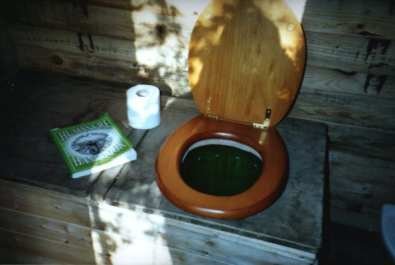
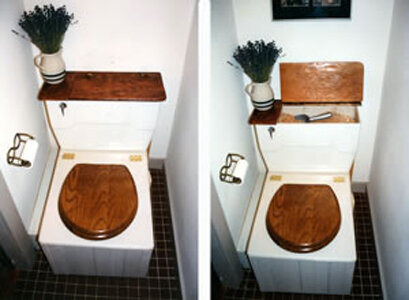

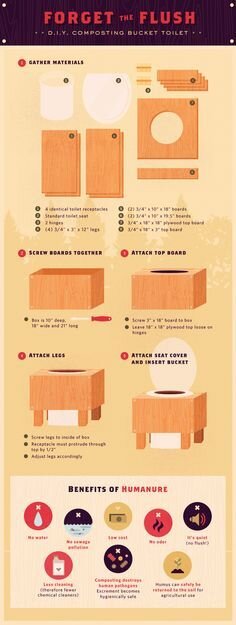
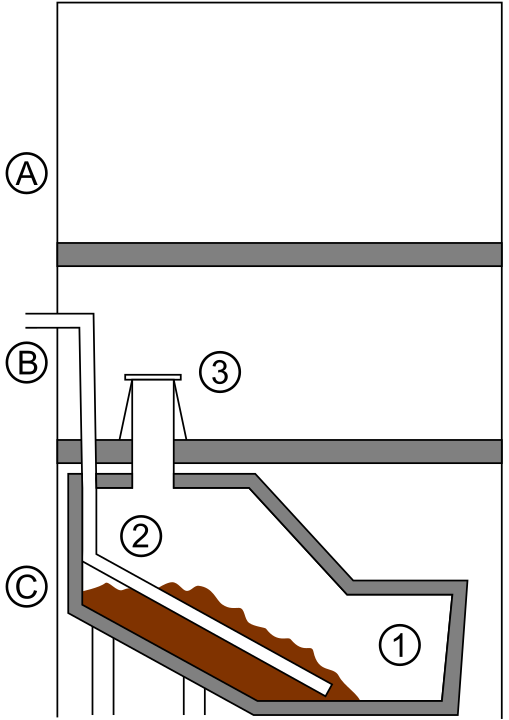

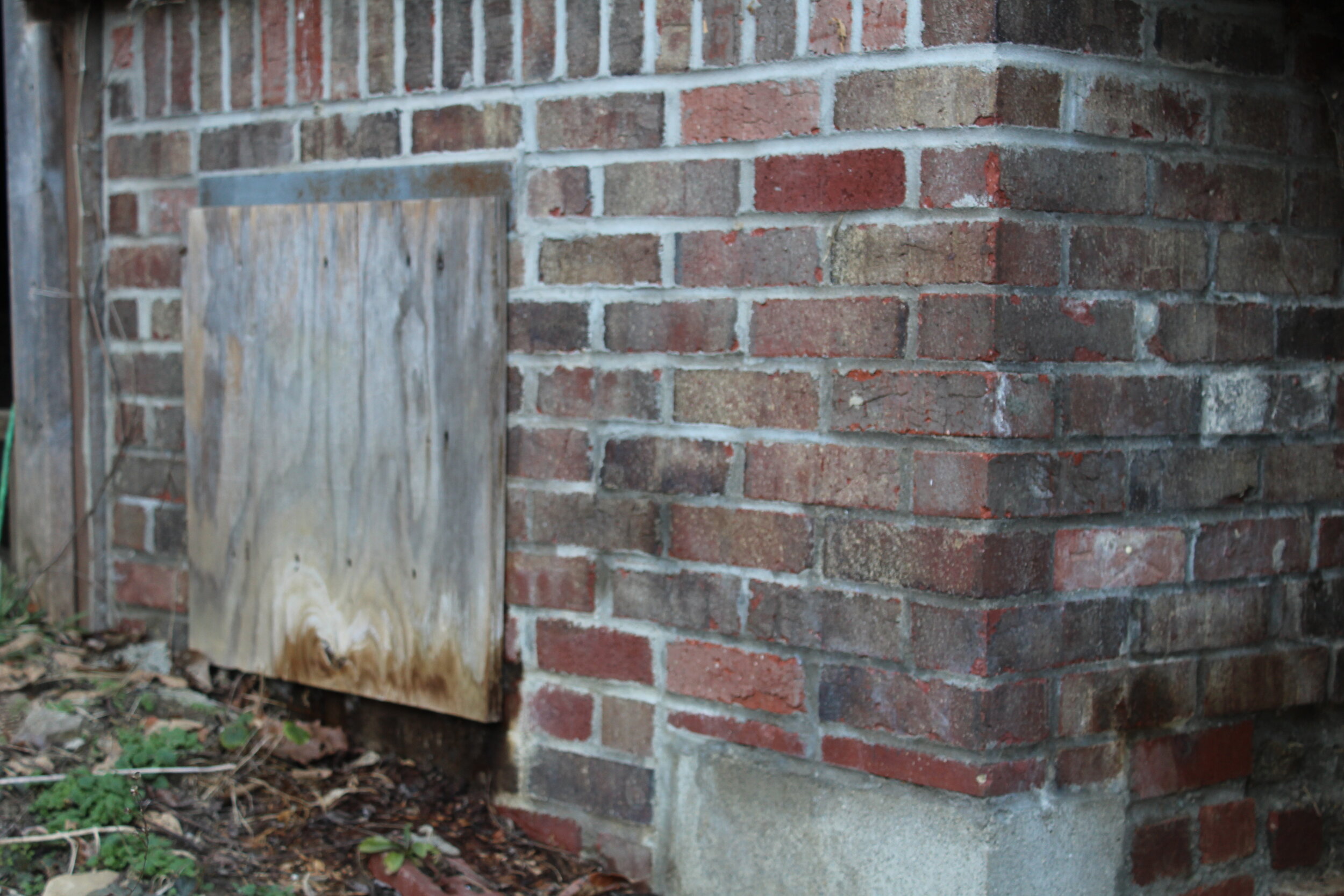
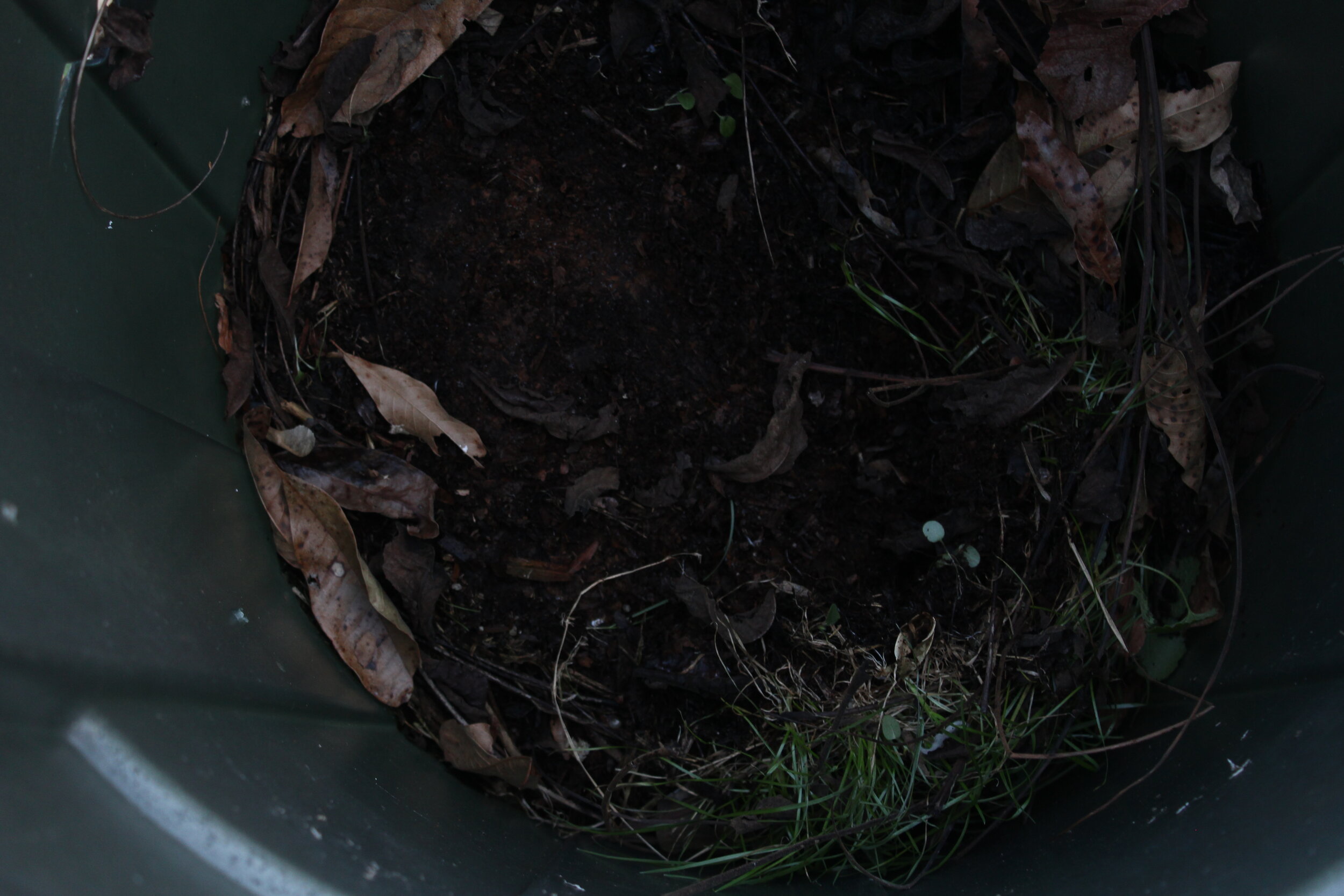



No air conditioning. How do you live in the summer? I would just melt! One of the most common questions I’m asked, especially in July, is do I have air conditioning? How do people who live off-grid keep cool?
The answer is no, I don’t have air conditioning. However, I do have ways of dealing with the hot weather.